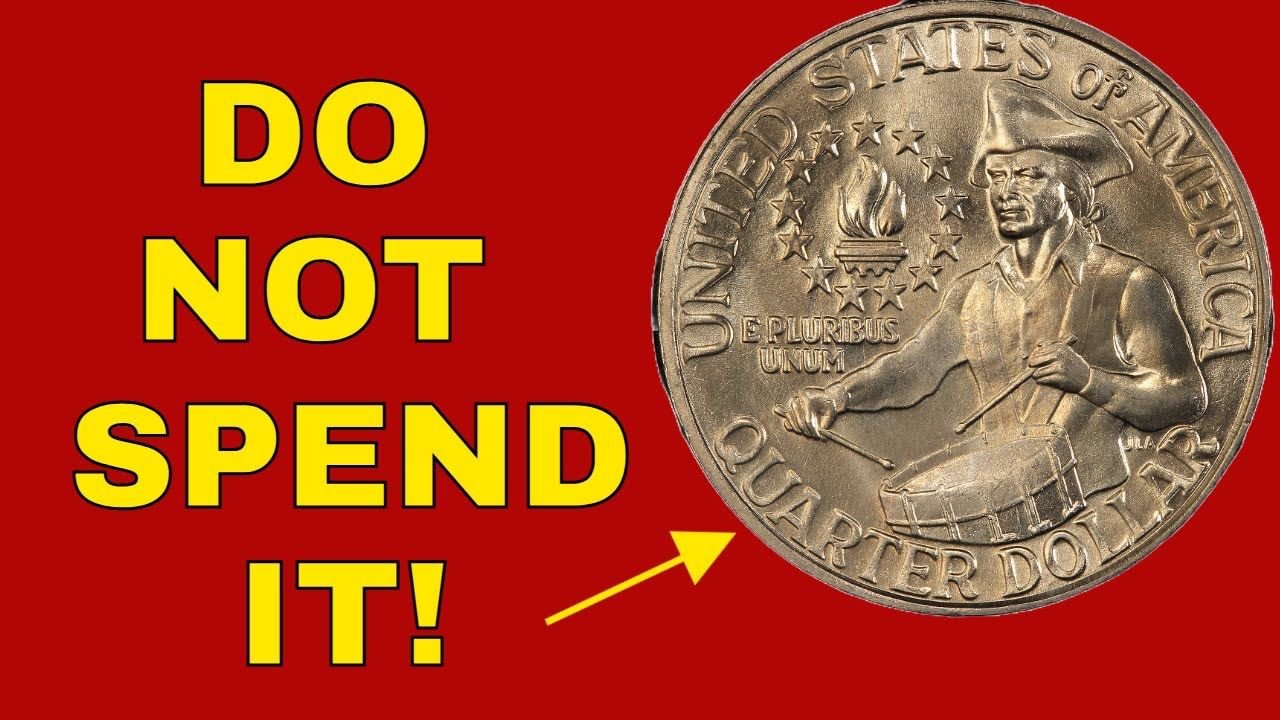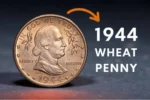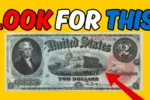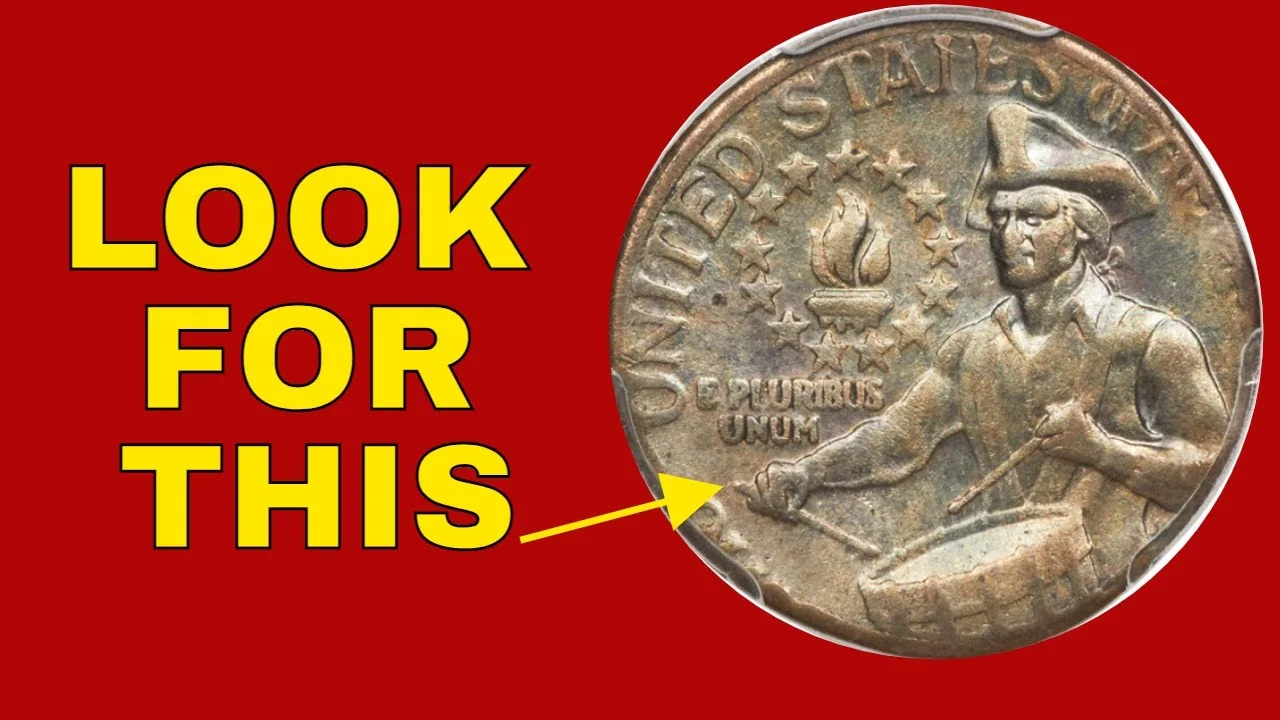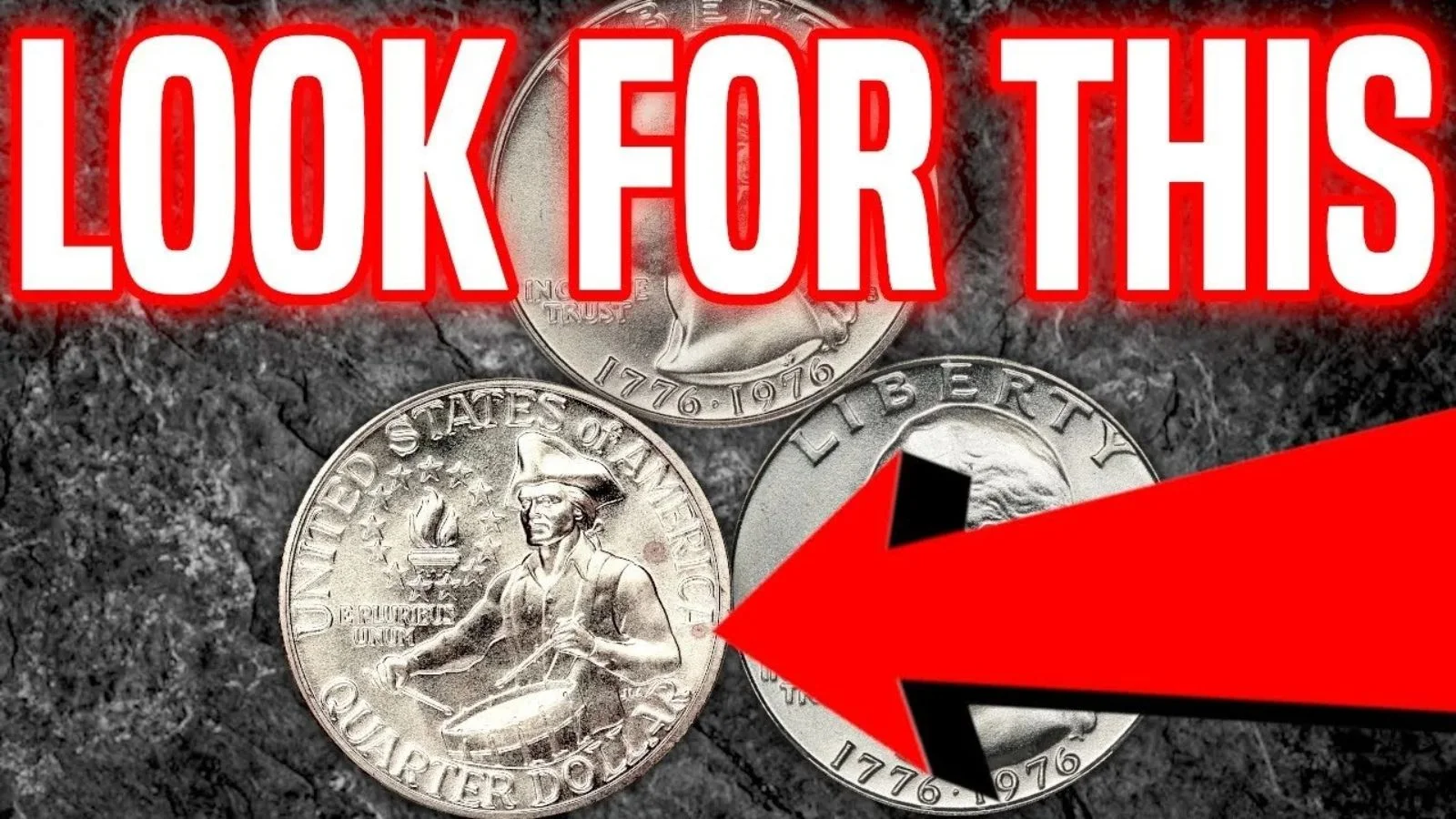The Rare Bicentennial Quarter Valued at $11 Million, Still in Circulation! Do You Have One of These Hidden Treasures?
Most of us don’t pay much attention to the coins we use every day. A quarter is just a quarter — 25 cents to use for a soda, parking meter, or laundry. But what if one of those quarters is actually worth a life-changing amount of money?
Believe it or not, there’s a rare Bicentennial quarter that could be worth up to $11 million. Yes, eleven million dollars. Even more surprising? It might still be in circulation today. That means it could be hiding in your pocket, purse, or that jar of spare change sitting on your shelf.
What Is the Bicentennial Quarter?
The Bicentennial Quarter was issued in 1975 and 1976 to celebrate the 200th birthday of the United States. Instead of the usual eagle on the back of the coin, the reverse features a special design: a colonial drummer, with a victory torch encircled by thirteen stars.
Millions of these quarters were minted, so most are only worth their face value — just 25 cents. But like all things in life, there are exceptions. Some rare versions of this coin were made under unique conditions or with errors that make them extremely valuable to collectors.
One such version has gained attention for its eye-popping value: $11 million. Let’s explore why.
Overview Table: Bicentennial Quarter Types and Values
| Quarter Type | Description | Estimated Value |
|---|---|---|
| Regular Copper-Nickel Quarter (1975-76) | Standard issue, common | $0.25 |
| Silver Bicentennial Quarter | 40% silver content, found in special sets | $3 to $7 |
| Double Die Error Quarter | Design appears doubled | $100 to $3,000 |
| Off-Center Bicentennial Quarter | Misaligned design | $250 to $1,000 |
| Ultra-Rare Prototype Quarter | Believed to be a unique early test strike | Up to $11 Million |
What Makes One Worth $11 Million?
The specific Bicentennial quarter that is believed to be worth $11 million is not an ordinary coin. It’s thought to be a prototype or pattern coin, which means it was a test version made before the final design was released.
Why is this important? Prototype coins are extremely rare, often with only a few ever made. Some of them were never supposed to leave the mint, but a few may have slipped into circulation by mistake.
What makes this quarter so valuable includes:
-
Unique Design Elements: Slight differences from the final released version.
-
Mint Errors or Test Strikes: Mistakes or early production quirks that collectors love.
-
Historical Significance: A coin made to celebrate 200 years of U.S. independence already has meaning — a rare version of it is even more valuable.
This $11 million coin may be sitting in a change jar somewhere, waiting to be found.
How Can You Tell If You Have a Rare One?
Here are a few things to check:
-
Check the Date and Design: All Bicentennial quarters will have “1776-1976” instead of a single year.
-
Look for Silver: Regular quarters are made of copper and nickel, but rare ones may contain 40% silver.
-
Check for Errors: Use a magnifying glass to see if any design elements look doubled, missing, or misaligned.
-
Weigh It: A regular quarter weighs 5.67 grams. A silver one weighs a bit more.
-
Mint Mark: Look for a small “S” (San Francisco Mint), “D” (Denver), or no mark (Philadelphia). Special versions were usually made in San Francisco.
Where You Might Find One
Still wondering how a multi-million-dollar quarter could be in your possession? It happens more often than you’d think. Many people don’t realize the value of old coins, and rare ones sometimes end up in circulation by mistake.
Places to look:
-
Your Spare Change
-
Old Coin Jars at Home
-
Rolls of Quarters From the Bank
-
Flea Markets and Garage Sales
-
Coins Passed Down by Family
Even if you don’t find the $11 million one, you could still come across a coin worth hundreds or thousands of dollars.
What To Do If You Think You Found One
If a coin in your hand seems unusual or matches what we’ve described, take these steps:
-
Don’t Clean It: Cleaning a coin can lower its value dramatically.
-
Handle It Gently: Hold it by the edges to avoid fingerprints or scratches.
-
Compare Online: Look at images of known rare Bicentennial quarters for comparison.
-
Get a Professional Opinion: Visit a coin dealer or have it graded by a certified coin grading service like PCGS or NGC.
-
Consider Auctioning It: If it’s rare, you could sell it through a professional auction house to get the best price.
FAQs
Q1: Is every 1976 Bicentennial Quarter worth money?
No, most are common and only worth 25 cents. Only rare versions or error coins have high value.
Q2: How do I know if mine is silver?
Check the edge of the coin. If it has no copper color and weighs a bit more, it might be 40% silver.
Q3: Are Bicentennial quarters still being used today?
Yes, they are still legal tender and can be found in circulation, although less often than regular quarters.
Q4: Why would a quarter be worth $11 million?
Rarity, condition, unique features, and historical importance all play a role in the value. A prototype coin or one-of-a-kind minting error can bring in huge amounts from collectors.
Q5: Should I get all my old quarters checked?
It’s not a bad idea, especially if they’re from 1976 or older. Some might not be worth much, but others could surprise you.
Final Thoughts
The idea that a quarter could be worth $11 million might sound like a dream, but it’s based on real possibilities. Coins that were supposed to stay hidden, mistakes that happened at the mint, or designs never meant to leave the factory sometimes do — and they end up in ordinary people’s hands.
So before you drop that old quarter into a vending machine, take a closer look. It might not be just pocket change — it could be a hidden treasure.
